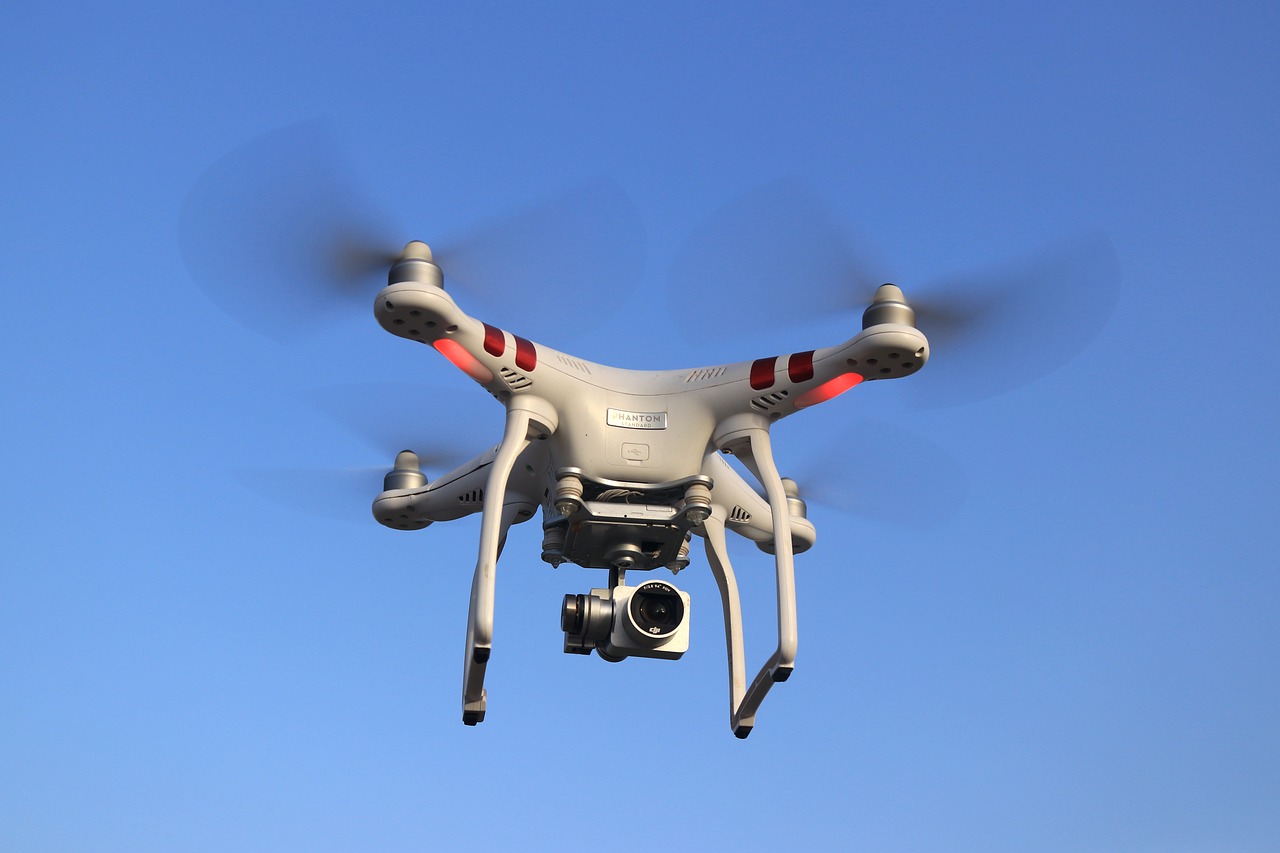This post is also available in:
 עברית (Hebrew)
עברית (Hebrew)
The US Federal Aviation Administration wants to develop and administer electronic safety tests for new drone owners. With the commercial drone market continuing its breakneck expansion in the U.S., the FAA has been looking to be more nimble about how it provides public-facing electronic support systems for the millions of new users of the aircraft.
Many processes originally developed for commercial aviation were quickly streamlined to fit the fast-growing drone market, as well as implemented quicker, app-based services.
According to the FAA Request for Information, Section 349 of the agency’s Reauthorization Act of 2018 requires new conditions to operate recreational small unmanned aircraft systems. Many drones can be flown today with minimal training or knowledge of aviation rules or safety practices.
The new statute is, therefore, an opportunity to educate recreational flyers on UAS safety and to bring new flyers into the existing aviation safety culture.
With the drone test, the agency enlists drone manufacturers, community organizations and retailers to help develop and administer the test to new users at their locations using platforms developed by third-party providers.
The agency named a dozen organizations, ranging from commercial drone manufacturers, pilots associations, universities and drone racing leagues, to recommend safety test administration requirements and help with how supporting platforms will develop.
Among the organizations are Chinese drone maker DJI; the Aircraft Owners and Pilots Association; the Academy of Model Aeronautics; the Drone Racing League, and more.
According to fcw.com, the FAA wants the resulting electronic test to be given as close to the commercial drone customer as possible, unlike other FAA flight testing for general and commercial aviation. Traditionally, it said tests for pilots and other aviation personnel are given at designated FAA brick and mortar sites.
“FAA is developing the training and testing content in consultation with industry. However, the FAA recognizes that manufacturers, community based organizations, academic institutions, retailers, and others may be best suited to administer the test so as to reach the largest audience and generate the highest completion rate,” the agency said.


























